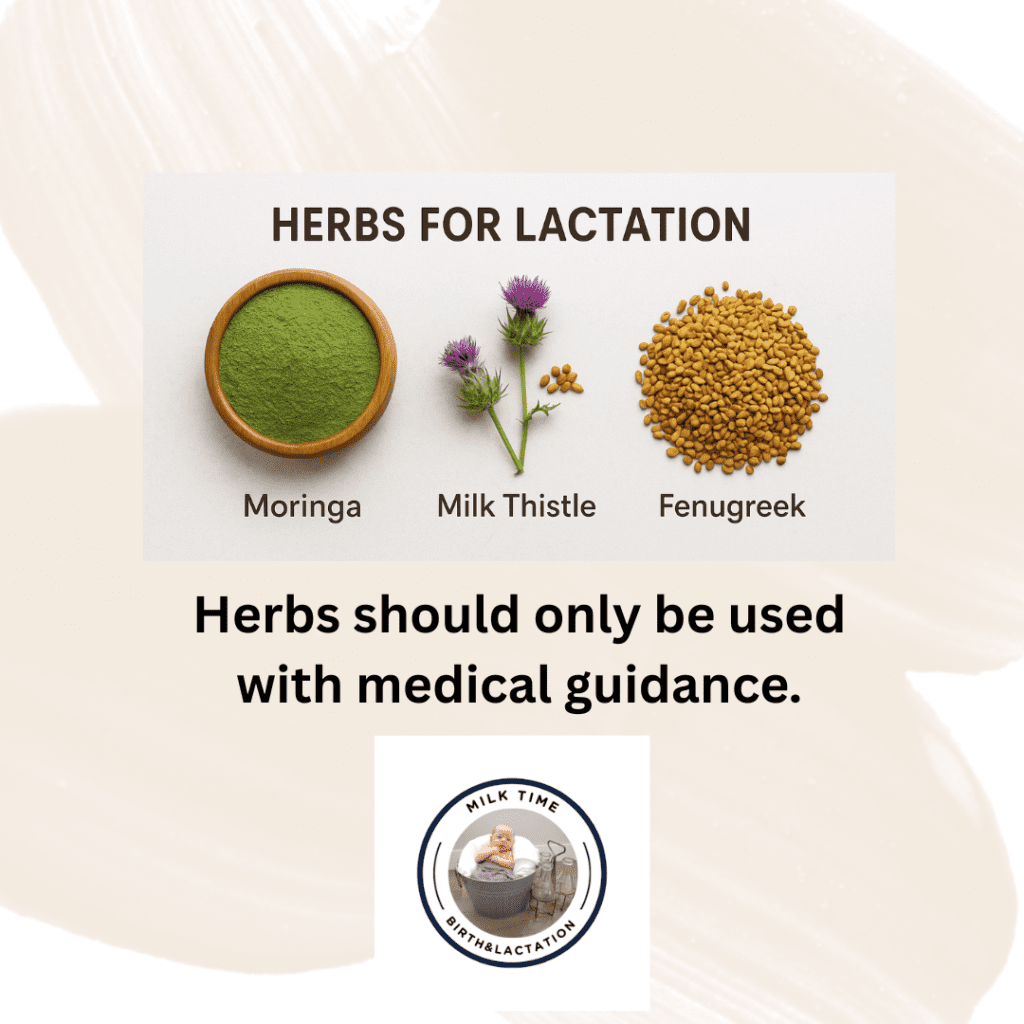Low Milk Supply: Causes, Solutions & How to Increase Breast Milk Production
Breastfeeding is natural but can be challenging, especially when facing low milk supply concerns. If you’re worried about not producing enough breast milk, you’re not alone. Low milk supply is usually temporary and manageable by understanding its causes and evidence-based solutions. Your breastfeeding journey begins at birth, and with proper support, many mothers can overcome production challenges.
Common Causes of Low Milk Supply
- Infrequent Nursing/Pumping: Breast milk production operates on a supply-and-demand basis. Skipping feeds or pumping sessions signals your body to produce less milk.
- Latch Issues: Poor attachment or conditions like tongue-tie may prevent effective milk removal, signaling the body to decrease breast milk production.
- Medical and Hormonal Factors:
- Postpartum hemorrhage or retained placental fragments
- Thyroid disorders, PCOS, or diabetes
- Estrogen-containing contraceptives, which can suppress lactation
- Breast Tissue: Insufficient glandular tissue (sometimes associated with PCOS), and breast surgeries that disrupt milk ducts or nerves may impact milk supply.
- Lifestyle Factors: Smoking, alcohol use, dehydration, or extreme stress can all contribute to low milk production.
Signs Your Baby Is Getting Enough Breast Milk
- Weight Gain: Steady growth along approximately 1 oz. for the first three months
- Output: At least 6-8 wet diapers and 3-4 yellow, seedy stools daily by day five
- Feeding Cues: Audible swallowing and contentment after feeds
If these signs are absent, consult an International Board-Certified Lactation Consultant (IBCLC) to assess feeding dynamics and milk transfer. Early intervention is key to resolving low milk supply challenges.
Evidence-Based Strategies to Boost Milk Supply
- Optimize Feeding Practices:
- Nurse or pump 8–12 times daily, including at night to increase breast milk production
- Use breast compressions to maximize milk removal
- Skin-to-Skin Contact: Promotes oxytocin release, enhancing milk flow and creating a positive breastfeeding environment
- Power Pumping: Mimic cluster feeding with intervals like 20 minutes on, 10 off, 10 on, 10 off, 10 on. This effective technique for boosting milk supply is best on an intermittent basis, not daily.
- Galactagogues: Medications like domperidone or herbs like moringa and milk thistle can help increase milk production. Fenugreek has historically been used but may cause a drop in blood sugar. (All herbal supplements should be taken under medical supervision)
- Address Underlying Issues:
- Treat tongue-tie with a trained ENT or provider with specialized training
- Improve positioning and baby’s latch technique with an IBCLC
- Manage medical conditions like hypothyroidism and anemia that can affect milk production


When to Seek Help for Low Milk Supply
If low milk supply persists despite interventions, a supplemental nursing system (SNS) can provide formula or donor milk while maintaining breastfeeding. Using a high-quality pump such as Spectra, with properly fitted flanges, is beneficial over a wearable pump for most mothers during the early weeks when milk supply is being established. Frequency of pumping and efficiently emptying milk from the breast are necessary to build and maintain adequate milk supply.
You’re Not Alone in Your Breastfeeding Journey
Low milk supply is often reversible with timely support and appropriate interventions. At Milk Time Birth and Lactation, our IBCLCs provide personalized care to help you meet your breastfeeding goals. Whether it’s optimizing latch, navigating medical challenges affecting milk production, or providing emotional support, we’re here to guide you through breastfeeding difficulties.
Take the Next Step: Visit Milk Time Birth and Lactation to schedule a consultation and access evidence-based lactation support (ACBM, 2023).
References:
- American College of Breastfeeding Medicine (ACBM) protocols emphasize frequent milk removal and skin-to-skin care as foundational to lactation success.
- Techniques and recommendations align with guidelines from La Leche League5, WIC9, and the Royal Women’s Hospital10.
Note: Always consult a healthcare provider before starting supplements or medications to increase breast milk production. Every breastfeeding journey is unique—compassion and patience are key to overcoming low milk supply challenges.
